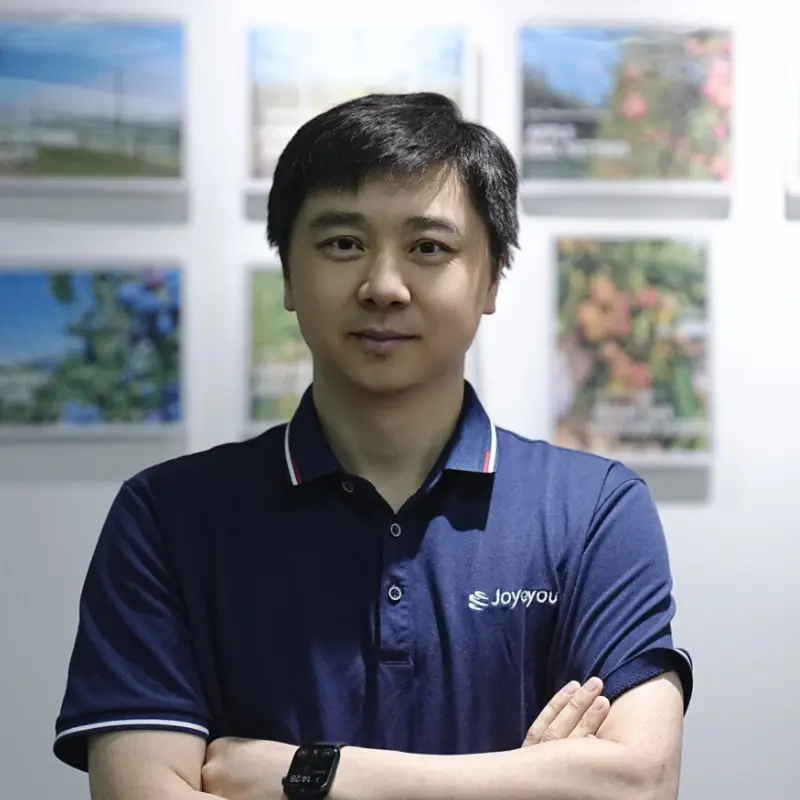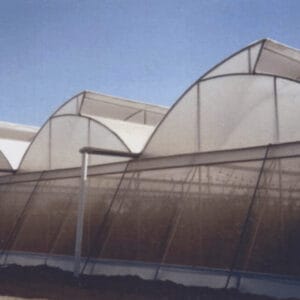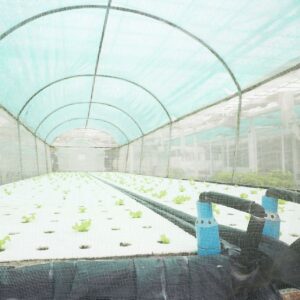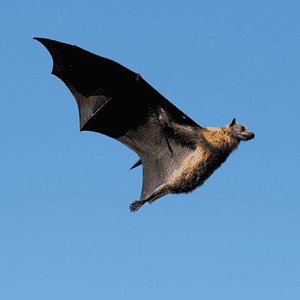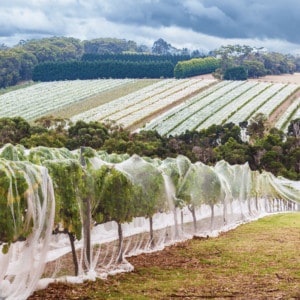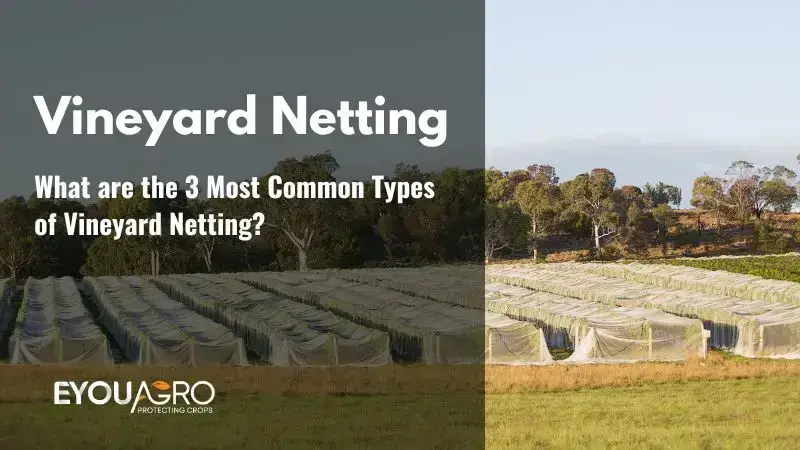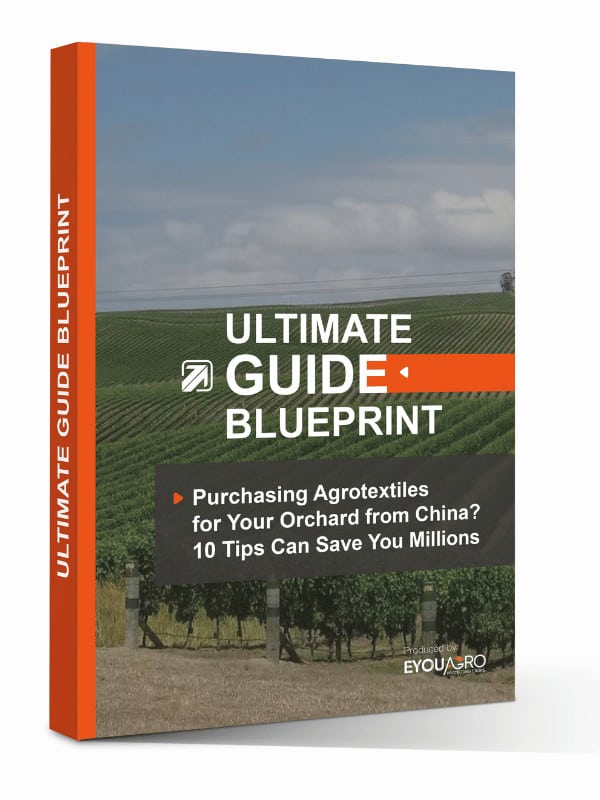Spotted-wing drosophila (SWD) is a tiny fly that grows inside various fruits. It is especially harmful to late-fruiting raspberry, blackberry, and grape plantings.
The early stages are tiny larvae that feed within the fruit, causing them to soften quickly.
Harvesting all ripe fruit at least two times a week can help reduce damage from spotted-wing drosophila.
Drosophila species have sensors and mouthparts sensitive to ripe or dented fruit scents. As a result, these flies are frequently found congregating in fruit farms and vineyards. The most potent snare traps for SWD are the odors released into the atmosphere by fermenting fruit.
There are many ways to manage this pest, including using exclusion netting for fly-spotted wing drosophila in vineyards. But first, let’s see the damages brought by the SWD.
Damages Brought About by Spotted Wing Drosophila
Grapes are vulnerable to SWD damage when the maturing fruit changes from light green to purple until harvest time. Normal female SWD lay eggs in undamaged fruit using its sharpened ovipositor.
Although some damage is caused during egg insertion, increasing the fruit’s system vulnerabilities to pathogens, larval feeding causes significant damage. SWD larvae consume the fruit pulp and cause the fruit to fall off the vine within days of egg-laying.
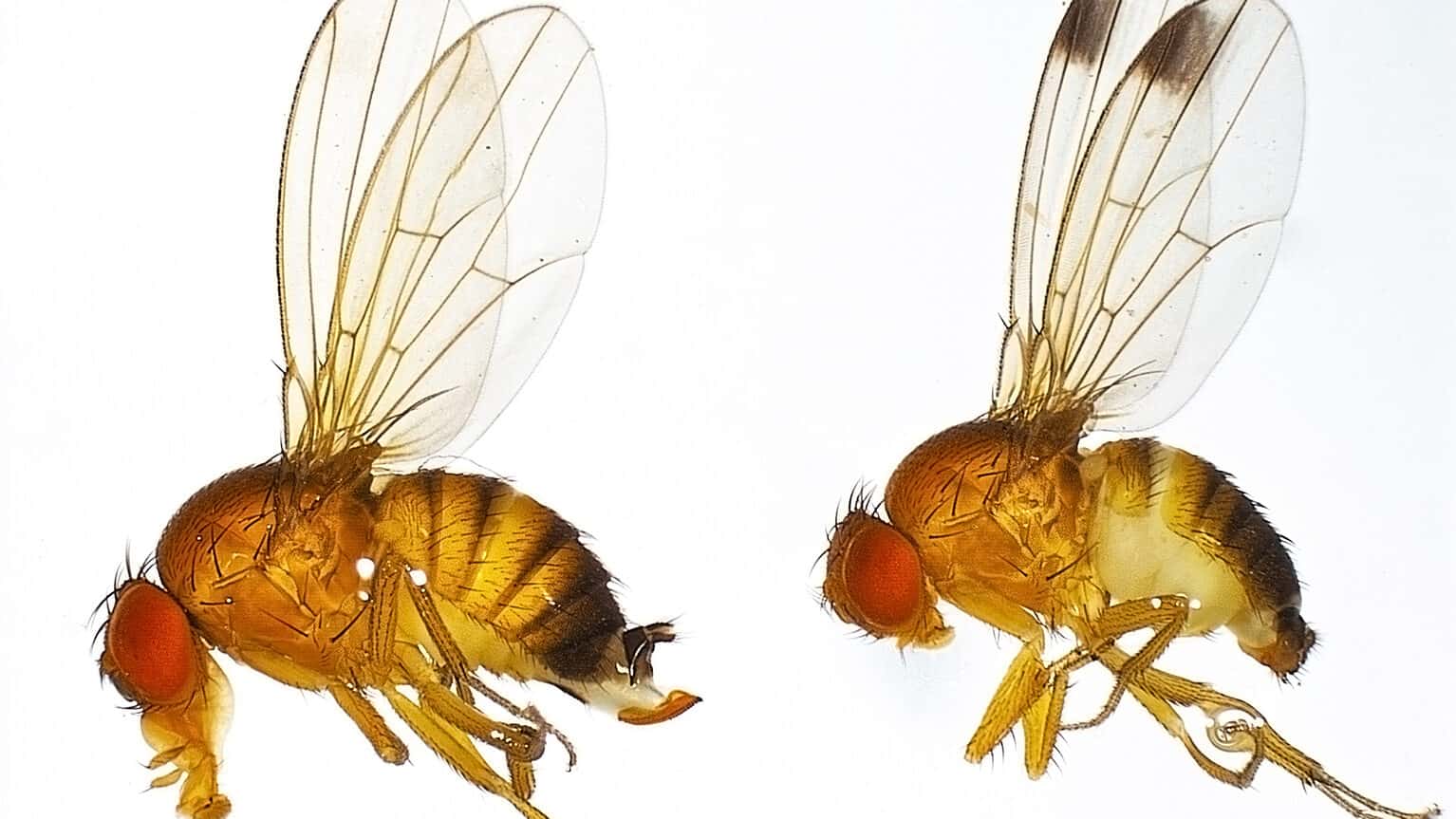
SWD severely threatens grape growers since it strikes commercially viable fruit. Fruit riddled with SWD larvae will either downgrade or reject the whole harvest if not managed appropriately.
Consequently, it is critical that vineyard owners effectively implement monitoring and control strategies to reduce the effect of this disastrous pest on grape production.
Management of Spotted Wing Drosophila
To completely manage SWD and protect your vineyard, you should implement the following strategies:
1. Monitoring
The first and most crucial step in controlling this pest is determining whether SWD is evident in your vineyard and when it becomes productive—picking when adult SWD becomes active. The existence of larvae in the grapes is essential in impactful SWD management.
Tracking should occur from the beginning of fruit development till the end of the growing season. You can use traps to monitor adult SWD. Sample and inspect your fruits to monitor larvae. External fruit damage, such as soft spots or scar tissue on the skin, droopy skin, and fallen fruit areas, can clearly show infestation.
It is critical to monitor your vulnerable vineyard for SWD activity. Traps can be used to monitor flies, but watching grapes as they ripen is essential. This will enable you to harvest before serious issues arise, and monitoring will also help determine the best time to apply insecticides.
2. Sanitation
Sanitation, regular harvest intervals, and exclusion netting are management strategies that should be included in the general SWD management program. Sanitation, the most influential cultural control method, entails removing overripe or rotten fruit from the field and correctly disposing of it. Another sanitation method is to remove wild plants that can serve as potential hosts for SWD, such as elderberry, pokeweed, honeysuckle, nightshade spicebush, and autumn olive.
3. Frequent harvest intervals
Harvest fruits regularly and thoroughly as they ripen. Do this every 3 or 4 days to prevent SWD from destroying the crop, reducing their population.
Consume fruits right away or refrigerate them after harvest. If the fruit is not refrigerated, any insects present will continue to develop and damage it.
4. Exclusion Netting
Use exclusion nets to keep flies away from the vines. Such netting must be in place before fruit ripening, attracting adult SWD. To avoid laying eggs by the spotted wing drosophila through the netting, you should drape to prevent direct contact with the grapes.
Other insects, including pollinators, will be kept out if these settings are used. This is especially important when the plant is not self-fertile and relies on cross-pollination.
Installing exclusion netting on time to high tunnel infrastructure or sidewalls provides a physical barrier to SWD. The mesh must be rated 80 grams or higher to keep flies out. Adding 80 g netting to tunnel infrastructure creates a physical barrier to Spotted Wing Drosophila without compromising fruit marketability.
At EyouAgro, we recommend that you use special vineyard insect netting. The netting keeps bees and insects away so you can grow good grapes, especially seedless grapes.
Structure of the Insect Exclusion Netting
The insect netting mesh is made of woven High-Density Polyethylene and has a woven construction (HDPE). The net material protects against UV rays as well. The UV-stabilized netting shields your garden from damaging UV rays while allowing sufficient airflow.
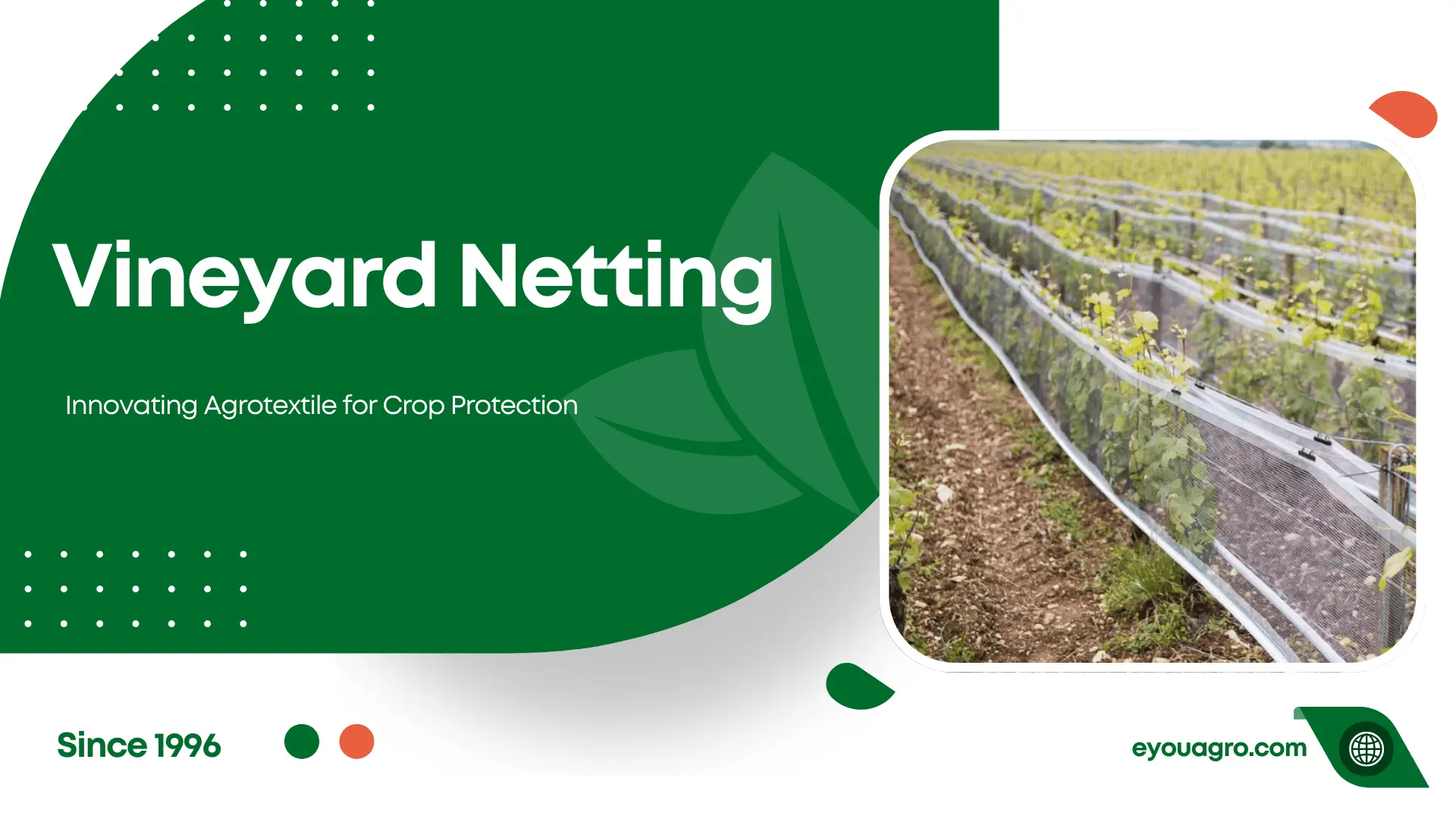
The net is lightweight and provides UV protection, making the installation process smoother in your vineyard.
The net has a woven construction. It’s made of tensile-strength monofilament. The weaving resists unraveling even after it has been sliced. Weaving takes into account shade proportion and mesh density. This arrangement will result in optimal air circulation in your garden.
5. Pruning
Adult SWDs are extremely sensitive to moisture loss (drying out) and do poorly in high temperatures and low moisture. Grape pruning will enable more light to reach the canopy, potentially lowering humidity and increasing temperature, resulting in minor SWD infestation.
6. Mulch With Plastic
The larvae occasionally fall to the ground and pupal stage in the soil. This cycle can be broken by mulching with a black plastic weed barrier. It will Reduce SWD survival and the likelihood of your grapes becoming infested.
7. Maintain Consistent Fruit Monitoring

Check for SWD infestation between sprays to see if the remedies are effective. It could be that the larvae were in your fruit even before adults were detected in the traps, so it is vital to monitor the fruit at all times.
One method is to pick 25 fruits at random from your vineyard and place them in a Ziploc bag. Make a saltwater solution with 1-2 teaspoons of salt for each cup and pour it into the bag.
Squeeze each grape lightly and soak it in the saline solution for 15-30 min. Check to see if any larvae are floating in the water.
8. Chemical Control
Before spraying, confirm the presence of SWD in your vineyard by placing traps or inspecting fruit. Sprays kill adults before they lay eggs, as it does not control larvae that have already entered the fruit. Always read labels to verify that pesticides are approved for use on the treated fruit or grape.
The insecticide spinosad, for example, is effective and has the fewest adverse environmental effects of any currently available product. Although some spinosad products are designed to be applied with a tubing sprayer, a compact sprayer will provide more consistent coverage.
Conclusion
Controlling SWD necessitates a thorough, consistent, and diverse management strategy. Using as many control methods as possible will help reduce SWD infestation. Keep monitoring SWD population levels to evaluate your action plan. Test ripe and ripening fruit regularly to monitor the effectiveness of your managerial program and respond quickly if necessary.
EyouAgro insect exclusion netting protects your vineyard from drosophila. It is an inexpensive solution for growing healthy grapes.
If there is anything else about insect exclusion nets or other netting products, contact us at info@eyouagro.com.



